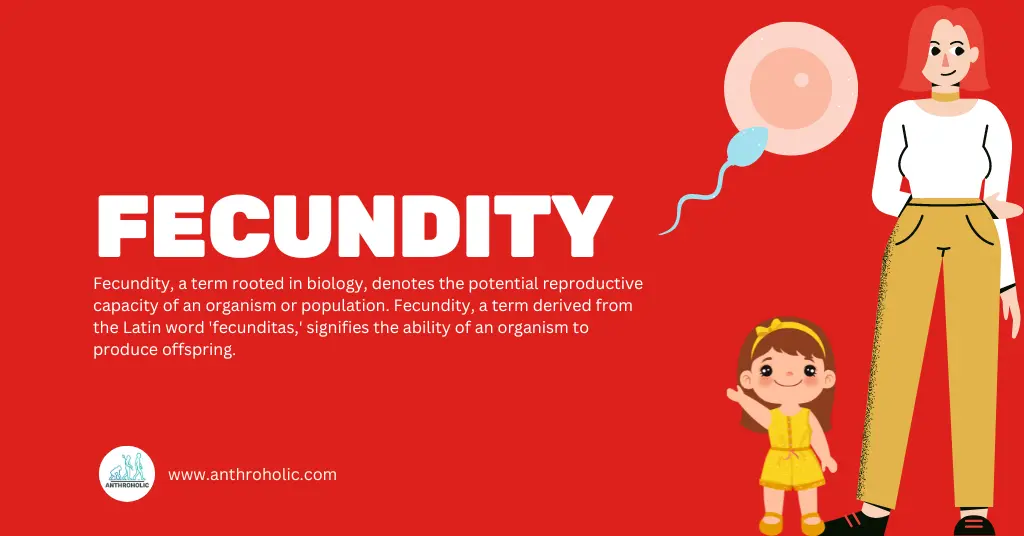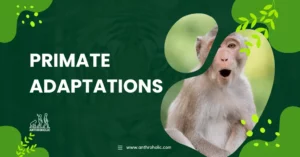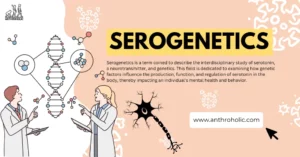AI Answer Evaluation Platform Live Now. Try Free Answer Evaluation Now
Fecundity
Fecundity, a term rooted in biology, denotes the potential reproductive capacity of an organism or population. It’s an intricate and fascinating subject that warrants closer examination. This article aims to delve into the topic, discussing the definition, aspects, significance, influencing factors, and its role in human and wildlife populations.

Definition of Fecundity
Fecundity, a term derived from the Latin word ‘fecunditas,’ signifies the ability of an organism to produce offspring. It is commonly used in two contexts:
- Individual Fecundity: This refers to the reproductive potential of a single organism, usually quantified by the number of eggs or seeds produced by an individual within a particular time period.
- Population Fecundity: This pertains to the reproductive capacity of a group or population. In this context, it’s often measured by the birth rate within the population.
Aspects of Fecundity
Various facets contribute to our understanding of fecundity:
- Reproductive Age: Fecundity typically varies with age, peaking during the prime reproductive years and declining thereafter.
- Sexual Reproduction: Fecundity is usually higher in sexually reproducing organisms due to genetic recombination.
- Mating Systems: The mating system (e.g., monogamy, polygamy) of a species can also impact fecundity.
Fecundity: A Significant Biological Marker
Fecundity serves as an important biological indicator:
- Population Dynamics: It plays a crucial role in population dynamics, impacting growth, stability, and overall health of a population.
- Environmental Health: Changes in fecundity can signal alterations in the environment that might affect population survival.
- Conservation: It’s a key factor in wildlife conservation, as maintaining healthy reproductive rates is vital for species survival.
Factors Influencing Fecundity
Several factors can influence fecundity:
- Genetic Factors: Certain genetic traits can influence fecundity by affecting fertility and reproductive behavior.
- Environmental Factors: Temperature, food availability, pollution, and other environmental factors can impact fecundity.
- Health and Nutrition: General health and nutritional status can significantly affect an individual’s reproductive potential.
- Social Factors: Social factors like stress, societal norms, and cultural practices can also impact fecundity.
Fecundity in Human and Wildlife Populations
| Species | Typical Fecundity Rate | Influencing Factors |
|---|---|---|
| Human | 1-2 offspring per year | Health, nutrition, age, societal factors |
| Rabbit | 20-40 offspring per year | Food availability, predation, disease |
| Salmon | 1000-5000 eggs per spawn | Water temperature, food availability, predation |
| Oak Tree | Hundreds to thousands of acorns per year | Weather, soil fertility, age |
Human Populations
Human fecundity is affected by multiple factors, such as age, health, nutrition, and societal norms. Family planning and access to reproductive healthcare play crucial roles in human fecundity. An understanding of human fecundity patterns is essential for policy making, especially in countries facing issues related to population growth or decline.
Wildlife Populations
Fecundity is a critical determinant of population growth and survival in wildlife species. Conservation efforts often focus on enhancing fecundity rates to prevent species decline. By monitoring and managing factors that affect fecundity, such as food availability and habitat quality, conservationists can help ensure the survival of endangered species.
Conclusion
Fecundity, a fundamental biological concept, carries significant implications for both individual organisms and populations. Understanding and managing fecundity is crucial, particularly in the face of environmental changes and anthropogenic pressures. By shedding light on this important concept, we can foster better stewardship of our planet and its inhabitants.
References
- Stearns, S. C. (1992). The Evolution of Life Histories. Oxford University Press.
- Charlesworth, B. (1994). Evolution in Age-Structured Populations. Cambridge University Press.
- Reznick, D. (2002). The Impact of Predation on Life History Evolution in Trinidadian Guppies. Evolution, 56(4), 386-394.
- Bongaarts, J. (1978). A Framework for Analyzing the Proximate Determinants of Fertility. Population and Development Review, 4(1), 105-132.
- Roff, D. A. (2002). Life History Evolution. Sinauer Associates.
- Birkhead, T.R., and Møller, A.P. (1992). Sperm Competition in Birds. Evolutionary Causes and Consequences. Academic Press.




